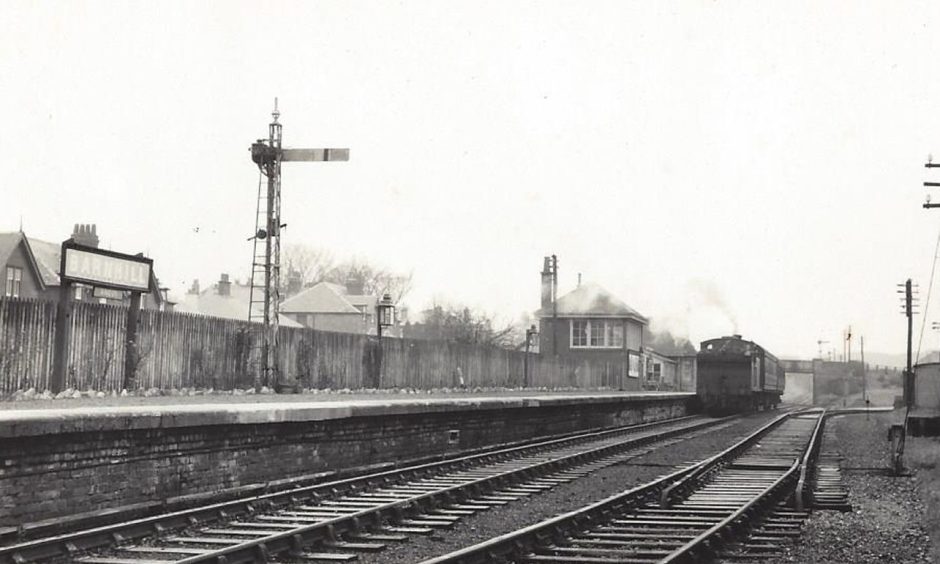
Rare images filed away for decades journey back to a time when Barnhill was a hive of railway activity.
An estimated 500 people crowded onto Barnhill’s 100-yard platform to witness the last passenger train.
All that was left in the entrance hall was a large sketch of a passenger and engine in tearful embrace captioned: “I have missed you often ol’ pal, but not so much as I will now.”
The railway came to Barnhill with the opening of the Dundee and Forfar Direct Railway.
The first official goods train came up the newly completed line in August 1870 which included three stations at Kingennie, Kirkbuddo and Kingsmuir.
The Caledonian Railway built a station at Monikie in 1872 and Barnhill in 1874.
The Dundee to Forfar direct line offered new chances for travel, transporting goods, developing businesses and the growth of towns and cities.
Barnhill served a useful purpose as a commuter station to Dundee.
Barnhill was busiest station on the line
Dr Kenneth Baxter from Dundee University’s archive services said: “Barnhill was the first station on the Dundee to Forfar line after it branched off from the main Dundee to Arbroath line in Broughty Ferry and was arguably its most significant.
“The line largely ran through an area of low population and this provided limited scope passenger traffic.
“None of the communities it served grew substantially during its life time.
“Barnhill was the exception to this and so it managed to generate reasonable commuter traffic from locals travelling to and from Dundee East Station.”
The station was situated on Guthrie Street.
There were five trains a day from Dundee East that only went as far as Barnhill.
As Barnhill became a busy commuter station it was necessary for a water tank to be erected to supply water for engine boilers which cost £35.
It won several best kept station awards over the years and even had its own greenhouse.
One of the best known stationmasters was Jock Cameron who was there for several years between the wars.
However from 1905 it faced competition from the nearby Dundee, Broughty Ferry and District Tramways route, and after its closure in 1931, from bus services.
The line suffered from declining passenger numbers for many years.
After nationalisation in 1948, Barnhill in Glasgow came under the same authority and the two stations repeatedly found traffic delivered to them in error.
The station became officially known as Barnhill (Angus) in June 1952.
But another change was coming.
It was deemed uneconomical to keep the branch line running.
The only option was closure.
Branch line would not have survived
British Rail proposed the end of passenger trains on the Dundee to Forfar branch line in a letter to Lord Provost William Hughes in May 1954.
Average figures quoted on the regular timetabled services were very low.
Only two people were using the train from Forfar to Dundee.
Passenger numbers were 14 on average from Barnhill to Dundee.
“Hardly enough to run a bus service never mind a train,” said Mr Hughes.
Dundee Corporation agreed to inform British Rail it had “no observations to make”.
Barnhill was the busiest station on the line but there were only 70 season ticket holders.
The closure would save £13,732 a year.
Dr Baxter said: “The other problem with the Dundee to Forfar route was it was not a particularly direct one.
“Thus it was no real surprise that it closed to passenger traffic in 1955 and even if it had not, it would not have survived Beeching.
“Though Barnhill was a well-populated area, it would have made little sense to keep it open to passengers when the rest of the line had moved over to being goods only.
“The opening of Balmossie Halt a few years later provided a nearby alternative on the main line which was more economical.”
Funeral party at Barnhill Railway Station mourned closure in 1955
Barnhill held a funeral procession when the last passenger train made its final journey from Forfar to Dundee on January 8 1955.
The Courier said the reception “was enough to rouse even a corpse”.
“The only occupants of Barnhill Railway Station at 7pm on Saturday were the station staff and seven boys playing a noisy game of rummy by the fire in the waiting room.
“Half an hour later you couldn’t get a stance on the 100-yard long platform without running the risk of being jostled on to the line.
“Barnhill was out to the tune of 500 men, women and children to speed the departure of the last Forfar-Dundee passenger train.”
Pipe Major Dan McLeod was waxing sentimental on the pipes.
He played Happy We’ve Been A’ Thegither and I’ll Gang Nae Mair To Yon Toun.
The train was greeted by fireworks and exploding fog-warning detonators.
Two passengers placed a wreath of holly and evergreens on to the front of the engine.
Lochaber No More wailed from the pipes.
Chief mourners doffed their hats including some shiny black toppers.
Eileen Baxter from Collingwood Street presented parcels in black crepe to driver George Mellis, fireman Edward Glassey and guard George Whittet.
The contents?
A Forfar bridie and a bottle of beer.
Leslie Allen was sent the final ticket
Miss Baxter, a season ticket holder for 40 years, composed a few lines in memoriam.
It read: “The time has come to say goodbye,
“To our faithful Puffing Billy,
“Who kept us warm and cheered our hearts,
“When days were damp and chilly,
“The happy friendship that we knew,
“Has sure been torn asunder,
“So what the railways will do next,
“Well! Boys, it makes you wonder.”
The train left the platform to a rendition of Will Ye No Come Back Again?
As a concession passengers were allowed to keep their tickets.
There was keen competition at Barnhill to get the last one after 75 years of passenger services.
But all were foiled.
It was tucked in an envelope and sent to Leslie Allen of Kenmore Terrace.
He wanted that ticket badly.
His grandad David Stewart had just completed 35 years as a signalman at Barnhill.
He would spend his last two years at Dunkeld.
Charles Matthews was left as the only railwayman still working at Barnhill.
The line was finally ripped up in 1967
The old tracks were ripped up for scrap following the closure for freight in 1967.
Jim Page from the Angus Railway Group said the last paid member of staff was a signalman called Jim Croll who was an ex-LNER railwayman.
He said: “Barnhill people were deprived of their own station until Balmossie Halt opened on the main line in 1962.
“After the station closed to passengers in 1955, it was chosen as an ideal place for a camping coach.
“Of course, those who rented the coach could no longer reach the station by rail.
“Instead they would travel to Broughty Ferry Station and then take the bus!”
There is not much sign of the old station today, but the post box which once stood near the station entrance is still in its original spot in Guthrie Street.
The former station area now has some houses built on the redundant site.
Traces of the bridge which crossed the line over Dalhousie Road can still be seen.
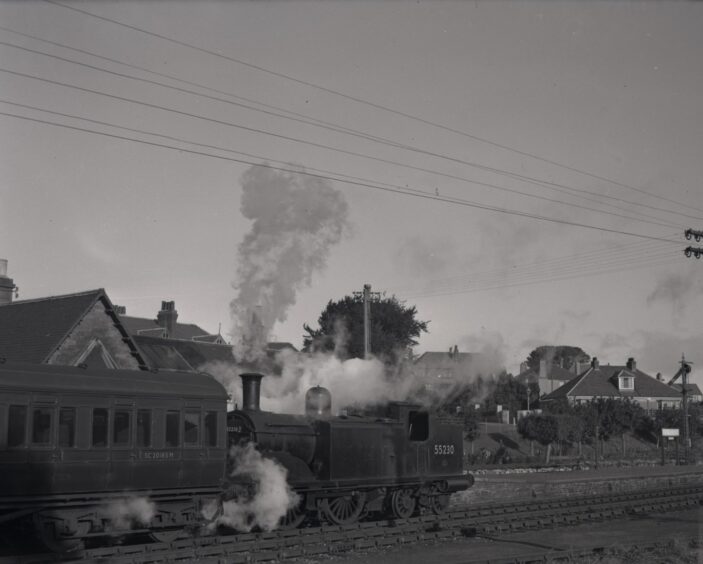
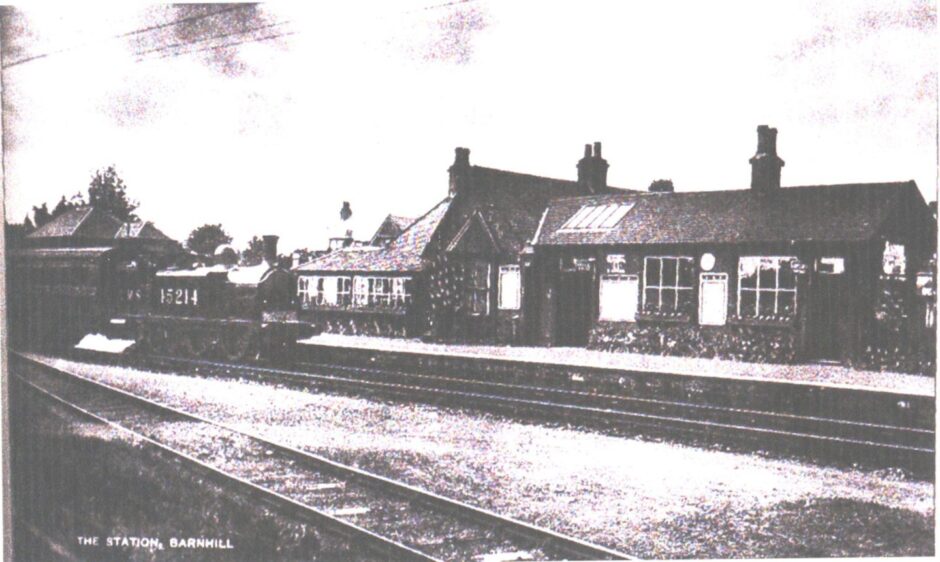
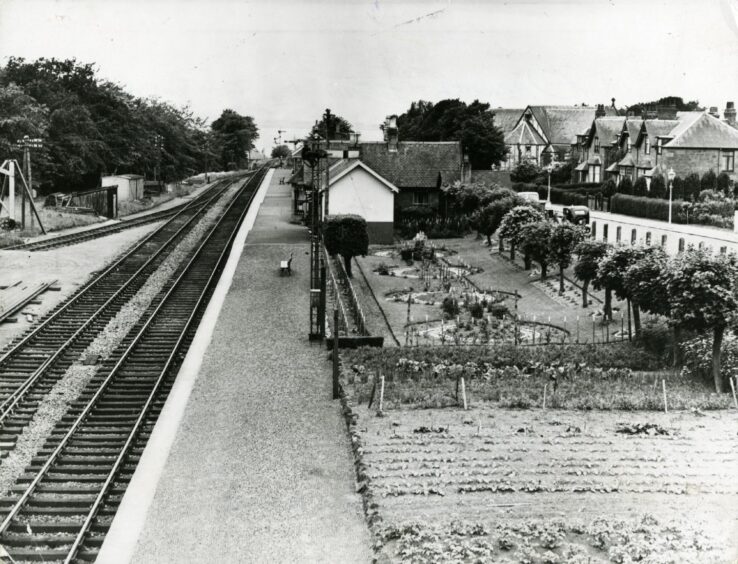
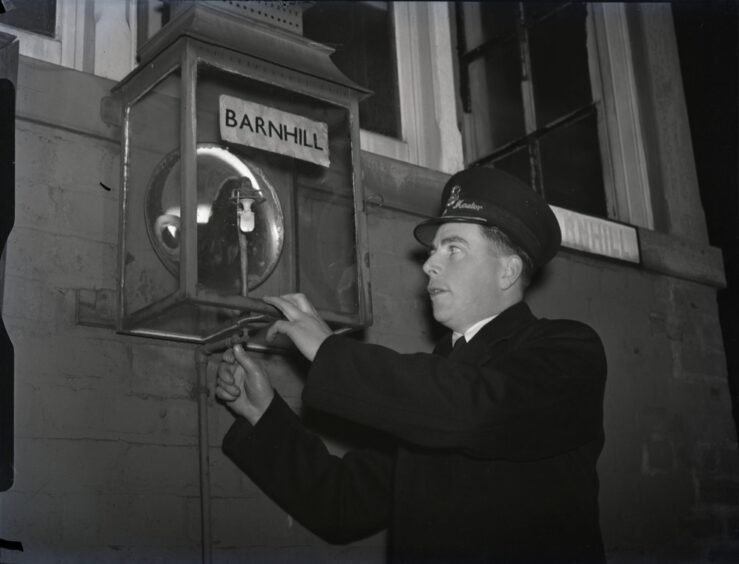
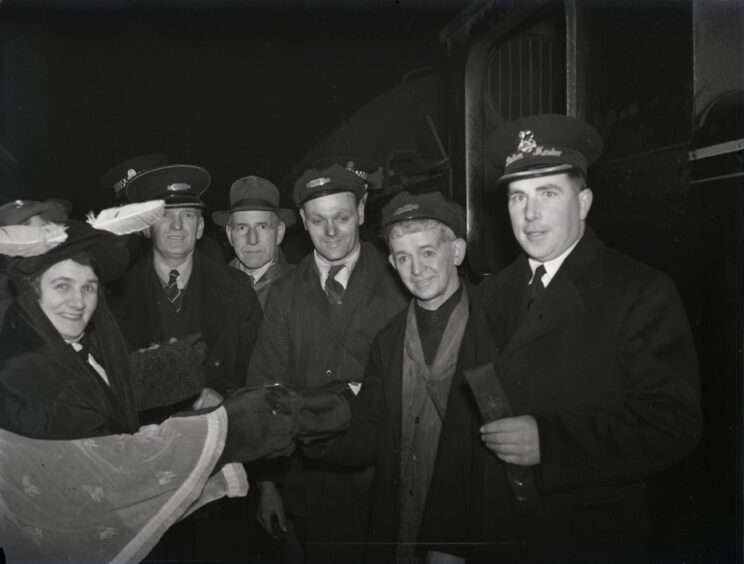
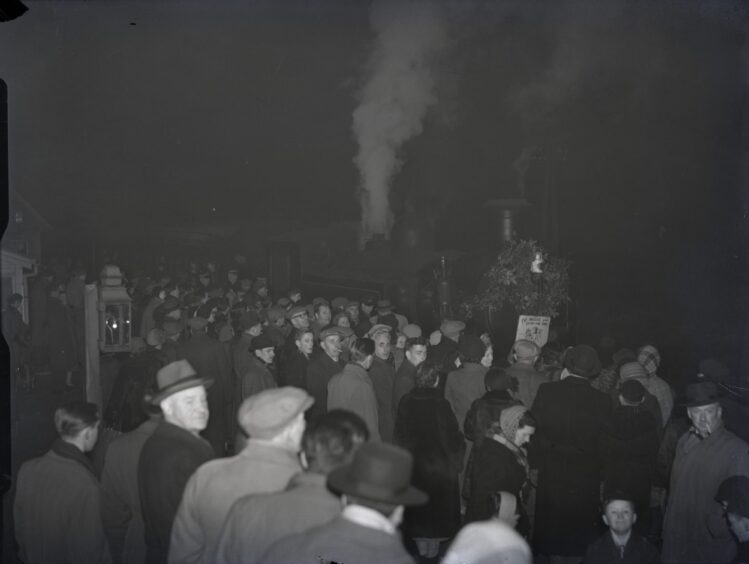
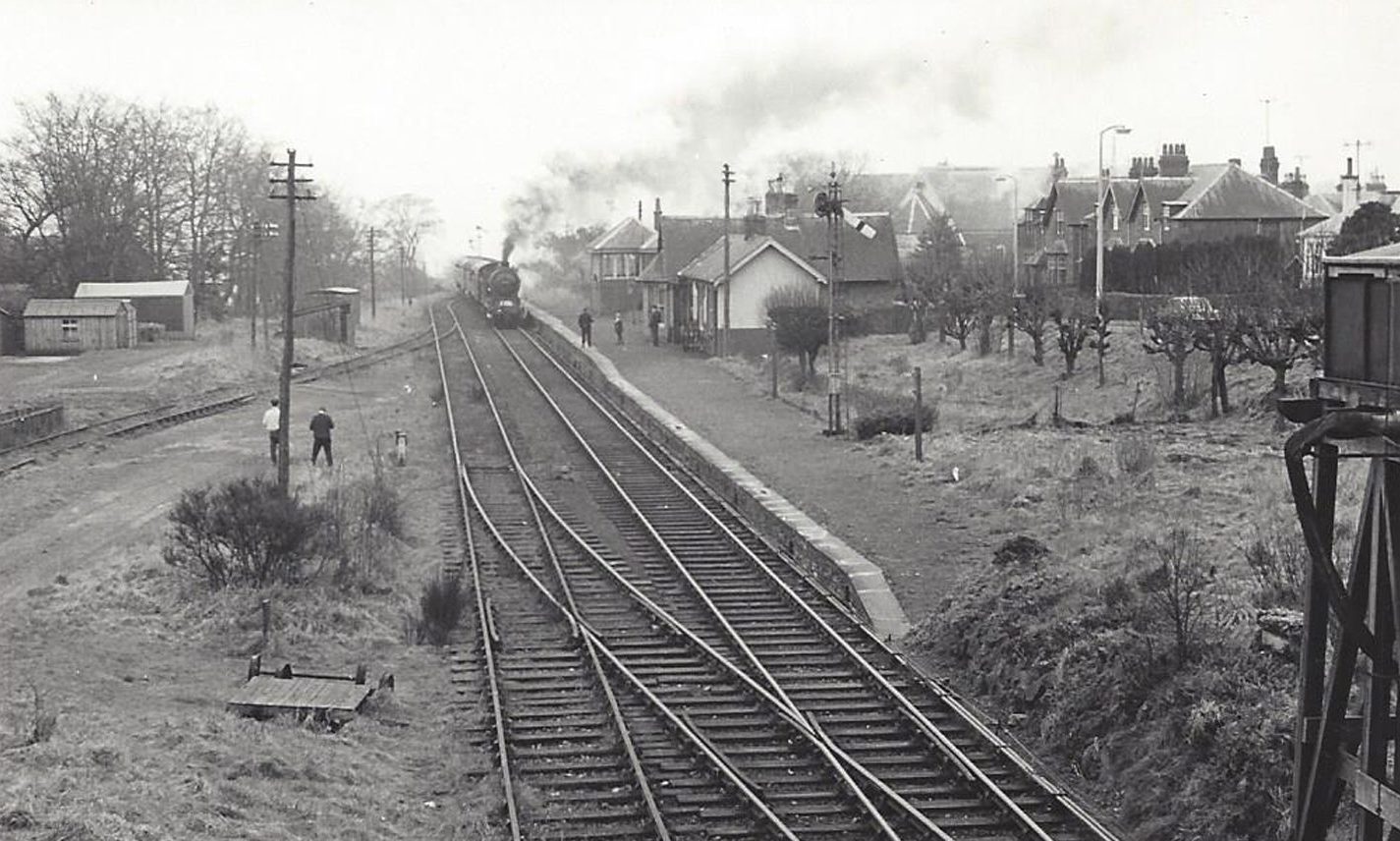










Conversation